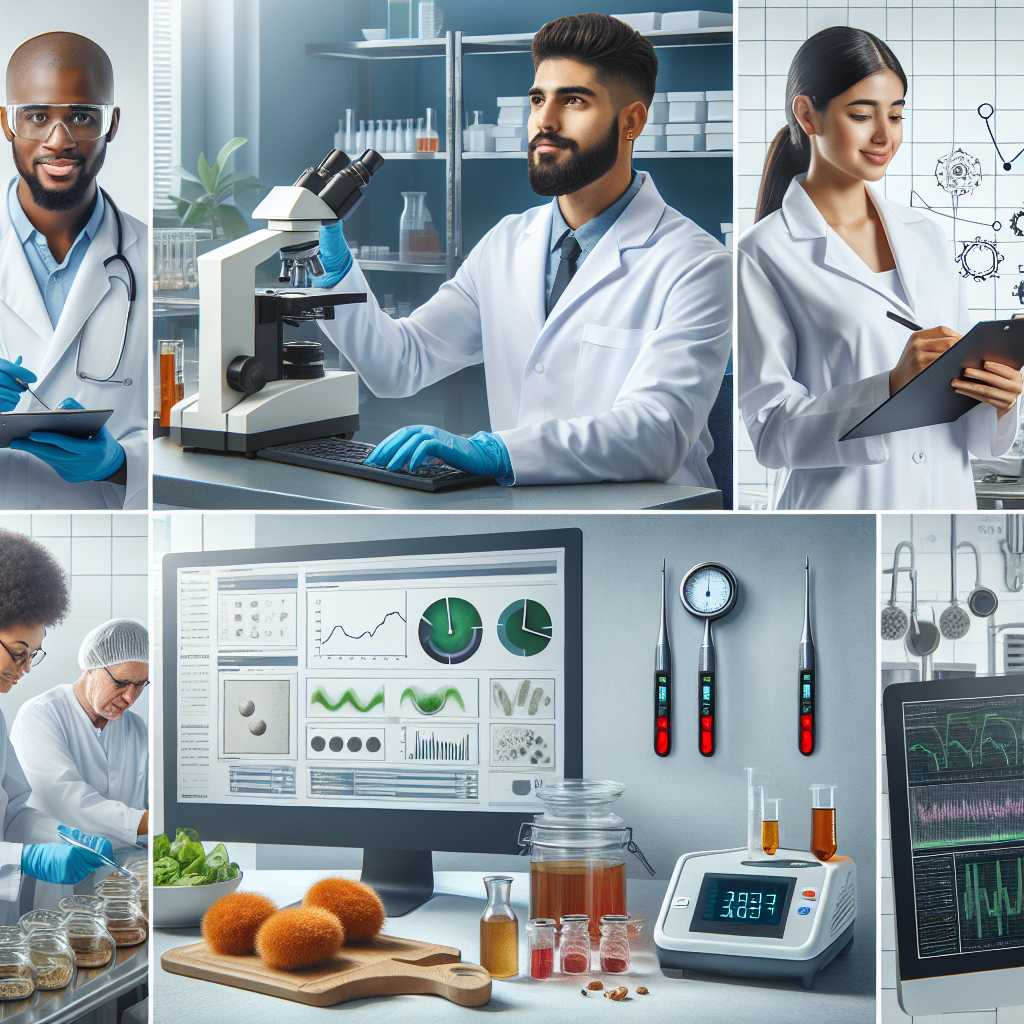IAEA, FAO and WHO Link Food Safety and Nutrition in Global Health Strategy
For decades, policymakers and researchers largely addressed food-borne hazards and malnutrition in isolation.

Unsafe food and poor nutrition have long been seen as separate public health challenges. But according to a new joint technical meeting hosted by the International Atomic Energy Agency (IAEA), in collaboration with the Food and Agriculture Organization (FAO) and the World Health Organization (WHO), the two are deeply intertwined — and together they represent a monumental global health crisis.
Opening the three-day meeting in Vienna, Najat Mokhtar, IAEA Deputy Director General, set the tone:
“Food safety and nutrition interact in ways that are yet to be fully understood. Food safety hazards are implicated in malnutrition by reducing nutrient absorption and increasing nutrient losses; conversely, malnutrition makes humans more vulnerable to toxicity associated with food contaminants. Given this intricate interaction, food safety and nutrition must be considered as two sides of the same coin.”
Why Food Safety and Nutrition Must Be Addressed Together
For decades, policymakers and researchers largely addressed food-borne hazards and malnutrition in isolation. Yet contaminants such as mycotoxins, heavy metals, pesticide residues, and microplastics not only pose immediate risks to food safety but also directly impair nutrient absorption, gut health, hormone regulation, and long-term growth.
Left unchecked, these hazards contribute to:
-
Child stunting and developmental delays
-
Immune system weakness
-
Chronic diseases, including cancers
-
Increased vulnerability to malnutrition
The WHO stressed the urgency of linking food safety and nutrition through a holistic One Health approach. “In the face of climate change, safeguarding nutrition and food safety demands an integrated approach. What affects our planet affects our plates,” said Simone Moraes Raszl from WHO’s Department of Nutrition and Food Safety.
The FAO echoed this call. Markus Lipp, FAO Senior Food Safety Officer, underlined that “a shared scientific foundation and stronger collaboration between sectors is essential to ensure safe and nutritious food for all.”
Science at the Core: Nuclear Techniques for Safer Food
Over the course of the meeting, experts from 14 countries shared research on the food safety-nutrition nexus. Presentations covered case studies from Austria, Bangladesh, Indonesia, Kenya, Tanzania, the United States, and Zambia, showcasing the diverse ways food-borne hazards impact populations.
A recurring theme was the role of nuclear and isotopic techniques in detecting contaminants, studying biological effects, and informing evidence-based policies. Such techniques can:
-
Detect toxins and heavy metals in food and the environment.
-
Assess how contaminants interact with the human body.
-
Measure nutrition outcomes, such as body composition, infant breast milk intake, and gut health.
“By integrating nuclear techniques with conventional research, we are unlocking critical insights,” explained Rola Bou Khozam, Head of the Food and Control Section, IAEA. “This scientific evidence empowers decision-makers to design effective policies that protect public health and enhance food systems.”
Bridging Gaps: The Need for More Data
Participants highlighted a pressing challenge: gaps in data from developing countries, where exposure to food contaminants is often highest but monitoring systems are weakest. This lack of data hampers both risk assessment and public awareness campaigns.
To address these gaps, experts called for:
-
Collaborative research agendas to guide global studies.
-
Capacity building in laboratory analysis and monitoring.
-
Validated data collection mechanisms for accurate exposure estimates.
-
Stronger regional and international cooperation.
“Nuclear techniques, alongside conventional methods, are valuable tools for monitoring, assessing, and mitigating these risks,” said Cornelia Loechl, Head of the IAEA’s Nutritional and Health-related Environmental Studies Section.
Aligning with Atoms4Food
The meeting aligns closely with Atoms4Food, a joint IAEA–FAO initiative launched in 2023 to help countries strengthen food security. The initiative supports:
-
Boosting agricultural productivity through innovative technologies.
-
Enhancing food safety monitoring systems.
-
Improving nutrition outcomes in the face of climate change and economic shocks.
By linking food safety and nutrition, Atoms4Food and similar efforts aim to build resilient, climate-smart food systems that protect both human health and livelihoods.
The Way Forward
The Vienna meeting concluded with a strong call to action: Food safety and nutrition can no longer be treated in silos. Instead, countries must integrate policies, research, and interventions across health, agriculture, and environmental sectors.
As Mokhtar emphasized, “Only by addressing these challenges together can we protect health, build resilient food systems, and ensure well-being for generations to come.”
ALSO READ
Integrating Climate, Health, and AI: A Blueprint for Resilient Public Health Systems
India's Online Gaming Bill: Balancing Public Health and E-Sports Growth
Strengthening Health Research: Regional Collaboration to Transform Public Health
Is British American Tobacco's Vape U-Turn a Threat to Public Health?










